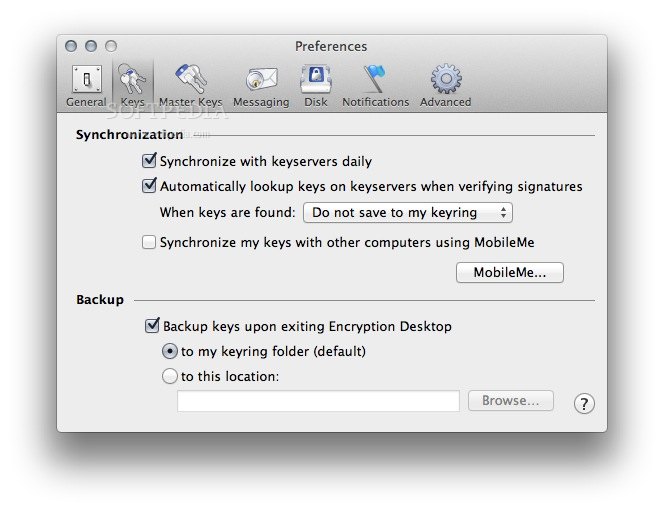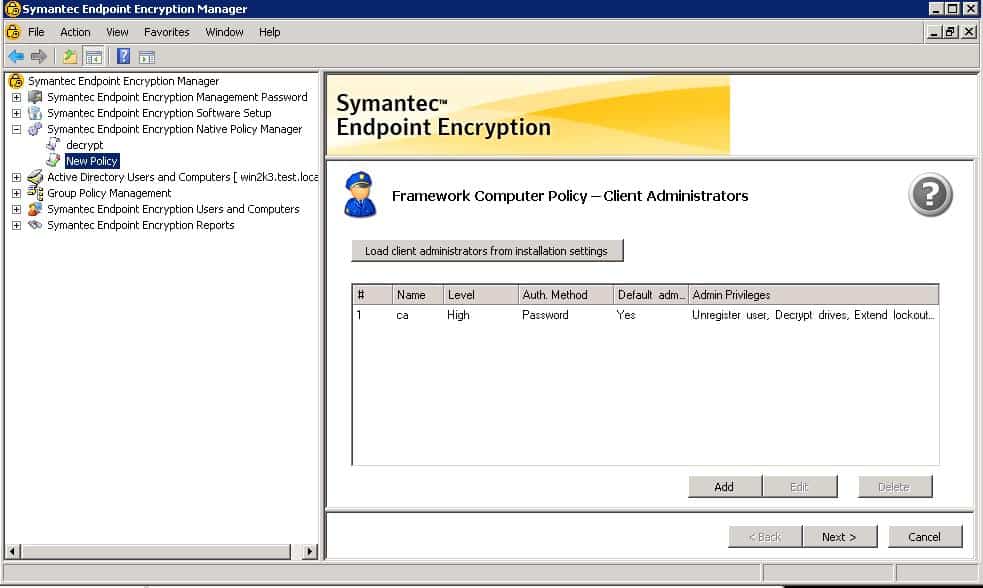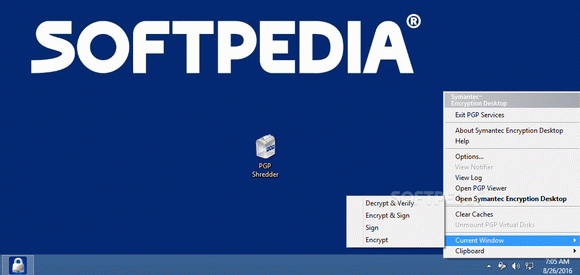

- #SYMANTEC ENCRYPTION DESKTOP 10.3.2 BUILD 16620 HOW TO#
- #SYMANTEC ENCRYPTION DESKTOP 10.3.2 BUILD 16620 UPDATE#
#SYMANTEC ENCRYPTION DESKTOP 10.3.2 BUILD 16620 HOW TO#
*For information on how to upgrade to Windows 10 for Symantec Endpoint Encryption 11.0.1 MP1 and later, see article HOWTO119348.
#SYMANTEC ENCRYPTION DESKTOP 10.3.2 BUILD 16620 UPDATE#
*For information on how to upgrade to Windows 10 Anniversary Update with Symantec Endpoint Encryption, see article HOWTO125875. #Symantec encryption desktop 10.3.2 build mp9 how to# *Symantec Encryption Desktop 10.3.2 MP10 and above do not currently support in-place or seamless upgrades. The following table includes the upgrade script (in compressed format) for Symantec Encryption Desktop 10.3.2 MP10 or later: Script Please check back for more information as this functionality is currently being reviewed. This script only creates a modified Windows Imaging Format (WIM) file.

You copy and run this modified file according to your own process. You can store this image file on a CD, DVD, USB flash drive, or network drive and reuse it to upgrade multiple computers. See Building a modified WIM file with the build-win-upgrade script. This script creates a modified Windows Imaging Format (WIM) file. It then copies the file and launches it to begin the upgrade process automatically. You must run this script locally or on an external hard drive of the computer that you want to upgrade. You cannot run this script from a network drive or USB flash drive. See Running an upgrade with the win10-upgrade script. The following table includes the upgrade script (in compressed format) for Symantec Encryption Desktop 10.4.0: Script #Symantec encryption desktop 10.3.2 build mp9 upgrade# This script only creates a modified Windows Imaging File Format (WIM) file.

If you search on a subset of the name, such as a last name, you will find no results. If you search on key-id or email, copy the name and search on that string, you will find no results. If you enter an email address or key-id, you will retrieve results. That is, if you select the name search type or the "name or email" search type and enter a name, the search will return no results. The problem is that searches on name fail. I've created the key and set up the directory, and it appears to be working by most standards, but there is one problem. I haven't really used the Verified Directory service before. I am running Symantec Encryption Server 3.3.2 (Build 15238).


 0 kommentar(er)
0 kommentar(er)
